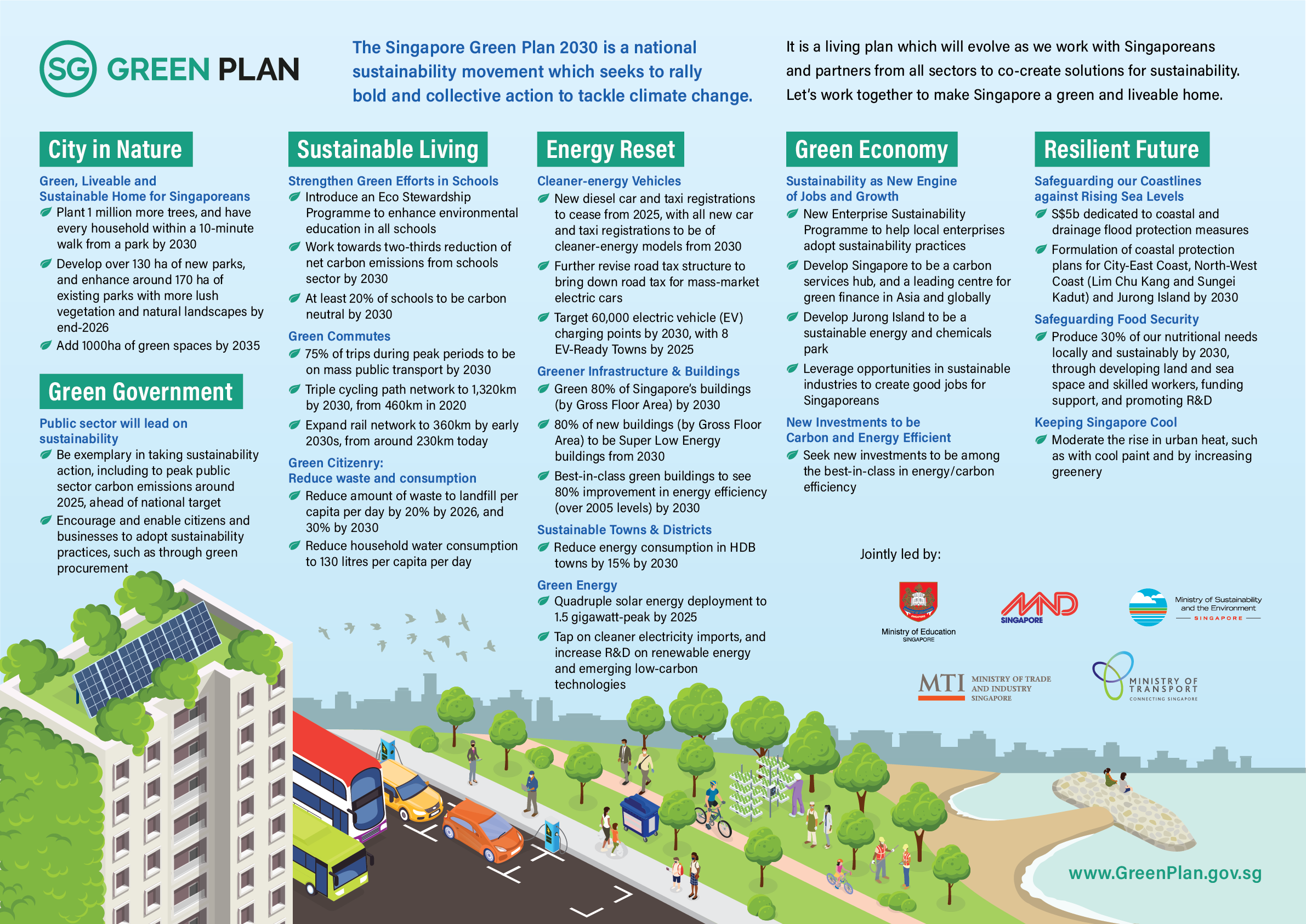
Introduction: Sowing the Seeds of a Greener Future
In an era defined by climate change, resource depletion, and increasing environmental awareness, the need for sustainable practices has never been more critical. This urgency extends beyond industries and individual actions, permeating the realm of education. Sustainable landscape education programs are emerging as vital tools for equipping future generations with the knowledge, skills, and values necessary to create and maintain environmentally responsible landscapes. These programs go beyond traditional horticulture, embracing ecological principles, conservation strategies, and social responsibility to foster a holistic approach to landscape design, management, and stewardship.
This comprehensive exploration delves into the multifaceted world of sustainable landscape education. We will examine the key components of these programs, their benefits for individuals and society, the challenges they face, and the innovative approaches that are shaping their future. From academic institutions to community-based initiatives, we will uncover the diverse landscape of sustainable landscape education and its potential to transform our relationship with the natural world.
The Core Components of Sustainable Landscape Education Programs
Sustainable landscape education programs are not simply about planting trees or designing aesthetically pleasing gardens. They encompass a wide range of disciplines and skills, integrating ecological principles with practical applications. These programs typically include the following core components:
Ecological Principles and Biodiversity
A foundational element of sustainable landscape education is a deep understanding of ecological principles. Students learn about ecosystem dynamics, nutrient cycling, and the interconnectedness of living organisms. They explore the importance of biodiversity and the role of native plants in supporting healthy ecosystems. This knowledge forms the basis for making informed decisions about plant selection, habitat restoration, and conservation strategies.
Water Conservation and Management
Water is a precious resource, and sustainable landscape practices prioritize its efficient use. Students learn about water-wise landscaping techniques, such as xeriscaping, rainwater harvesting, and efficient irrigation systems. They also explore the impact of landscape design on water runoff and pollution, and develop strategies for mitigating these effects. Understanding soil health and its role in water retention is also a key component of this area of study.
Soil Health and Management
Healthy soil is the foundation of a thriving landscape. Sustainable landscape education emphasizes the importance of soil health and teaches students how to improve soil fertility through composting, cover cropping, and other organic methods. They learn about soil composition, nutrient deficiencies, and the impact of soil erosion on water quality. Understanding the soil food web and its role in nutrient cycling is also essential for promoting long-term soil health.
Integrated Pest Management (IPM)
Traditional pest control methods often rely on harmful chemicals that can damage the environment and pose risks to human health. Sustainable landscape education promotes integrated pest management (IPM), a holistic approach that emphasizes prevention and uses chemical controls only as a last resort. Students learn about pest identification, beneficial insects, and natural pest control methods. They also develop strategies for creating healthy landscapes that are less susceptible to pest infestations.
Sustainable Design Principles
Sustainable landscape design goes beyond aesthetics, considering the environmental impact of every decision. Students learn about passive solar design, green infrastructure, and the use of recycled and locally sourced materials. They also explore the social and economic dimensions of landscape design, considering factors such as accessibility, community engagement, and the creation of green jobs. The goal is to create landscapes that are not only beautiful but also functional, resilient, and environmentally responsible.
Waste Reduction and Recycling
Sustainable landscape practices aim to minimize waste and maximize resource efficiency. Students learn about composting, mulching, and other methods for recycling organic waste. They also explore the use of recycled materials in landscape construction and design. By reducing waste and promoting recycling, these programs help to conserve resources and reduce the environmental impact of landscaping activities.
Social and Ethical Considerations
Sustainable landscape education recognizes the importance of social and ethical considerations. Students learn about environmental justice, community engagement, and the role of landscapes in promoting human well-being. They also explore the cultural significance of landscapes and the importance of preserving biodiversity for future generations. This holistic approach ensures that sustainable landscape practices are not only environmentally sound but also socially equitable and ethically responsible.
Benefits of Sustainable Landscape Education Programs
Sustainable landscape education programs offer a wide range of benefits for individuals, communities, and the environment. These benefits include:
Environmental Stewardship
These programs foster a deep appreciation for the natural world and a commitment to environmental stewardship. Graduates are equipped with the knowledge and skills to protect and restore ecosystems, conserve resources, and mitigate climate change. They become advocates for sustainable practices and inspire others to adopt environmentally responsible behaviors.
Green Job Creation
The growing demand for sustainable landscape services is creating new job opportunities in fields such as landscape design, installation, and maintenance. Sustainable landscape education programs prepare students for these green jobs, providing them with the skills and knowledge to succeed in a rapidly evolving industry. Graduates may find employment in landscape architecture firms, nurseries, government agencies, and non-profit organizations.
Community Resilience
Sustainable landscapes can enhance community resilience by providing ecosystem services such as stormwater management, carbon sequestration, and urban heat island mitigation. These programs teach students how to design and manage landscapes that are resilient to climate change and other environmental stressors. They also promote community engagement and empower residents to participate in the creation of sustainable landscapes.
Improved Human Health and Well-being
Access to green spaces has been shown to improve human health and well-being. Sustainable landscape education programs promote the creation of parks, gardens, and other green spaces that provide opportunities for recreation, relaxation, and social interaction. They also emphasize the importance of using non-toxic materials and practices to protect human health from exposure to harmful chemicals.
Economic Benefits
Sustainable landscape practices can reduce costs associated with water use, energy consumption, and waste disposal. These programs teach students how to design and manage landscapes that are economically efficient and environmentally sound. They also promote the use of locally sourced materials and practices, which can support local economies and reduce transportation costs.
Challenges Facing Sustainable Landscape Education Programs
Despite their many benefits, sustainable landscape education programs face a number of challenges. These challenges include:
Funding Constraints
Many programs struggle to secure adequate funding to support their operations. This can limit their ability to offer scholarships, hire qualified instructors, and provide access to state-of-the-art equipment and facilities. Increased investment from government agencies, private foundations, and individual donors is needed to ensure the long-term sustainability of these programs.
Curriculum Development
Developing a comprehensive and relevant curriculum can be challenging, as the field of sustainable landscaping is constantly evolving. Programs need to stay abreast of the latest research and best practices, and incorporate this knowledge into their curriculum. Collaboration with industry professionals and other educational institutions can help to ensure that the curriculum is up-to-date and aligned with the needs of the workforce.
Faculty Expertise
Finding and retaining qualified faculty with expertise in sustainable landscape practices can be difficult. Many traditional horticulture programs lack instructors with the necessary knowledge and skills to teach sustainable techniques. Programs need to invest in faculty development and provide opportunities for instructors to learn about the latest advances in the field.
Industry Adoption
While the demand for sustainable landscape services is growing, some sectors of the industry have been slow to adopt these practices. This can create challenges for graduates seeking employment, as some employers may not value sustainable skills and knowledge. Programs need to work closely with industry partners to promote the adoption of sustainable practices and create opportunities for graduates to apply their skills in the workforce.
Public Awareness
Many people are unaware of the benefits of sustainable landscapes and the importance of supporting sustainable practices. This lack of awareness can limit demand for sustainable landscape services and make it difficult to secure funding for sustainable landscape education programs. Increased public education and outreach are needed to raise awareness of the benefits of sustainable landscapes and encourage individuals, businesses, and communities to adopt sustainable practices.
Innovative Approaches in Sustainable Landscape Education
Despite the challenges they face, sustainable landscape education programs are adopting innovative approaches to enhance their effectiveness and reach. These approaches include:
Experiential Learning
Experiential learning, such as internships, field trips, and hands-on projects, is a key component of many sustainable landscape education programs. These experiences provide students with opportunities to apply their knowledge and skills in real-world settings, and to develop a deeper understanding of the challenges and opportunities associated with sustainable landscaping. Experiential learning also helps students to build their professional networks and gain valuable work experience.
Community Engagement
Many programs are actively engaging with their local communities through outreach activities, workshops, and volunteer projects. These activities provide opportunities for students to share their knowledge and skills with the public, and to contribute to the creation of sustainable landscapes in their communities. Community engagement also helps to build support for sustainable landscape education programs and to raise awareness of the benefits of sustainable landscapes.
Online Learning
Online learning platforms are expanding access to sustainable landscape education for students who may not be able to attend traditional classroom-based programs. Online courses can provide flexibility and convenience, allowing students to learn at their own pace and from anywhere in the world. Online learning also allows programs to reach a wider audience and to offer specialized courses that may not be available in traditional settings.
Interdisciplinary Collaboration
Sustainable landscape education is inherently interdisciplinary, requiring knowledge and skills from fields such as horticulture, ecology, engineering, and social sciences. Programs are increasingly promoting interdisciplinary collaboration, bringing together students and faculty from different disciplines to work on projects and solve problems. This approach helps students to develop a more holistic understanding of sustainable landscaping and to appreciate the interconnectedness of different fields.
Technology Integration
Technology is playing an increasingly important role in sustainable landscape education. Programs are using tools such as GIS (Geographic Information Systems), CAD (Computer-Aided Design), and drone technology to enhance their teaching and research. These technologies allow students to visualize landscapes, analyze data, and develop innovative solutions to environmental challenges.
The Future of Sustainable Landscape Education
The future of sustainable landscape education is bright. As awareness of the environmental challenges facing our planet grows, the demand for sustainable landscape professionals will continue to increase. Sustainable landscape education programs will play a critical role in preparing future generations to create and maintain healthy, resilient, and environmentally responsible landscapes.
To ensure the continued success of these programs, it is essential to address the challenges they face and to embrace innovative approaches that enhance their effectiveness and reach. Increased investment in funding, curriculum development, faculty expertise, and public awareness is needed to support the growth of sustainable landscape education. By working together, educators, industry professionals, and community members can create a future where sustainable landscapes are the norm, not the exception.
Moreover, future programs should focus on incorporating cutting-edge research and technologies. This includes exploring the use of artificial intelligence in landscape design, the application of advanced sensor technologies for monitoring soil health and water usage, and the integration of virtual and augmented reality to enhance learning experiences. By staying at the forefront of innovation, sustainable landscape education programs can ensure that their graduates are well-prepared to meet the challenges of the future.
Another crucial aspect of the future of sustainable landscape education is the emphasis on lifelong learning. The field of sustainable landscaping is constantly evolving, and professionals need to stay up-to-date on the latest research, technologies, and best practices. Programs should offer continuing education opportunities for graduates and other professionals, such as workshops, seminars, and online courses. By promoting lifelong learning, these programs can help to ensure that the sustainable landscape workforce remains knowledgeable, skilled, and adaptable.
In conclusion, sustainable landscape education programs are essential for cultivating the green leaders of tomorrow. By providing students with the knowledge, skills, and values necessary to create and maintain environmentally responsible landscapes, these programs are contributing to a more sustainable future for all. As we move forward, it is crucial to support and strengthen these programs, ensuring that they have the resources and expertise needed to meet the challenges and opportunities of the 21st century.


